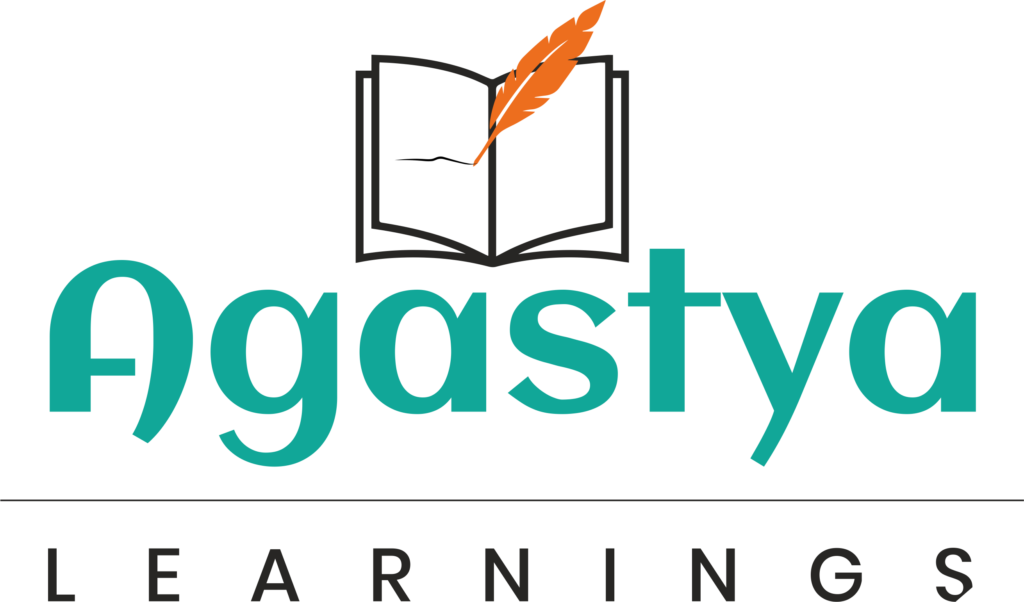
The Benefits of Bilingual Education: Learning Marathi and English
The Benefits of Bilingual Education: Learning Marathi and English
In today’s increasingly interconnected world, the ability to speak multiple languages is an invaluable asset. Bilingual education, which teaches students to become proficient in two languages, offers numerous cognitive, academic, and social benefits. In India, learning both Marathi and English provides students with a unique opportunity to bridge cultural connections while enhancing their academic abilities.
For students preparing for competitive exams like Olympiads and scholarship tests, being bilingual can offer a significant advantage. With the integration of hybrid learning and focused preparation for Olympiad and scholarship exams, bilingual education in Marathi and English opens doors to success in academics and beyond.
In this blog, we’ll explore the many benefits of bilingual education and how mastering both Marathi and English can contribute to a student’s overall academic success.
Cognitive Benefits of Bilingual Education
Bilingual education has been proven to enhance cognitive abilities in children. When students learn to switch between languages, their brains develop greater flexibility, which leads to better problem-solving, multitasking, and critical thinking skills—key abilities for success in Olympiad and scholarship exams.
Cognitive Benefits of Learning Marathi and English:
- Improved Memory: Bilingual students often have stronger memory skills, which are essential for retaining complex concepts needed for competitive exams like Olympiads.
- Enhanced Problem-Solving Abilities: Switching between two languages strengthens the brain’s executive function, allowing students to analyze problems from different angles. This is a crucial skill in subjects like math and science.
- Better Attention and Focus: Bilingual students tend to have better focus and attention control, as their brains are trained to filter out distractions while processing language.
- Faster Cognitive Development: Bilingual students develop faster cognitive growth, which can accelerate their learning journey and help them excel in academic competitions.
By mastering Marathi and English, students can sharpen these cognitive abilities, giving them an edge in competitive exams and academic performance.
Academic Advantages of Bilingual Education for Olympiad and Scholarship Exams
Bilingual education enhances students’ academic performance, particularly in competitive environments like Olympiad and scholarship exams. Mastering both Marathi and English allows students to better understand instructions, communicate effectively, and approach questions with greater confidence.
Academic Benefits of Being Bilingual in Olympiad and Scholarship Exams:
- Improved Comprehension: Students who are proficient in both Marathi and English can comprehend exam questions in multiple formats. For example, in some regions, Olympiad and scholarship exams may include sections in the regional language. Bilingual students can easily navigate these sections with fluency.
- Better Communication: English proficiency is essential for global academic opportunities, while Marathi fluency ensures cultural and contextual understanding of subjects in local contexts. Together, they build a strong foundation for communication and expression in any exam setting.
- Stronger Vocabulary in Science and Math: Bilingual students often have a more extensive vocabulary in both languages, enabling them to better understand scientific terminologies, mathematical concepts, and reasoning tasks in both Marathi and English.
- Flexible Thought Processes: Switching between languages encourages flexible thinking, which helps students apply different approaches to solving complex problems—especially useful in Olympiad exams where creative solutions are often rewarded.
Whether preparing for regional scholarship exams or national Olympiad competitions, being fluent in both Marathi and English offers academic advantages that set students apart.
Cultural and Social Benefits of Learning Marathi and English
Bilingual education fosters not only academic success but also cultural awareness and social connections. For students in Maharashtra, learning both Marathi and English enables them to stay connected to their roots while accessing global opportunities.
Cultural and Social Benefits of Bilingualism:
- Cultural Connection: Learning Marathi allows students to stay connected to their cultural heritage, understanding the rich history, literature, and traditions of Maharashtra. This can be especially important for scholarship exams focused on regional knowledge.
- Global Communication Skills: Proficiency in English opens doors to global academic, professional, and social opportunities. As a global language, English enables students to connect with peers, teachers, and educational resources worldwide.
- Increased Confidence in Social Interactions: Bilingual students are often more confident in social interactions, as they can communicate effectively in multiple languages. This helps in group discussions, debates, and collaborations, which are common in Olympiad preparation and competitive environments.
- Building Empathy and Open-Mindedness: Bilingual students tend to be more open-minded and empathetic, as they are exposed to multiple cultures and perspectives. This cultural awareness fosters a deeper understanding of the world, enriching the overall learning experience.
Through bilingual education, students not only gain valuable language skills but also build the social confidence needed to succeed in competitive exams and future academic pursuits.
How Hybrid Learning Supports Bilingual Education
The hybrid learning model, which combines online and traditional classroom learning, is a powerful tool for supporting bilingual education. It provides students with the flexibility to learn both Marathi and English at their own pace, with access to a wide range of resources tailored to their specific learning needs.
Benefits of Hybrid Learning for Bilingual Students:
- Access to Bilingual Resources: Hybrid learning platforms offer a wide array of learning materials in both Marathi and English, including video lessons, interactive quizzes, and e-books. This allows students to practice both languages simultaneously, enhancing their fluency.
- Personalized Learning Paths: Hybrid learning platforms like Agastya Learnings use data-driven insights to create personalized learning paths. Bilingual students can focus on areas where they need improvement, whether in Marathi grammar or English vocabulary.
- Interactive Learning Tools: Digital platforms provide interactive tools like language games, flashcards, and exercises that help students practice their language skills in engaging ways. This is particularly useful for younger learners who are building their foundational language abilities.
- Immediate Feedback: With hybrid learning, students receive real-time feedback on their language exercises and tests, allowing them to make immediate corrections and improve their skills more efficiently.
By integrating hybrid learning into bilingual education, students can develop strong proficiency in both Marathi and English, laying the groundwork for success in competitive exams and beyond.
Bilingualism and Long-Term Career Benefits
In addition to academic success, bilingual education opens up a world of career opportunities. Students who are fluent in both Marathi and English have a competitive edge in the job market, particularly in fields that require strong communication skills, such as business, law, education, and government.
Career Benefits of Bilingualism:
- Enhanced Job Prospects: Proficiency in both regional and global languages is highly valued in many industries. Employers seek candidates who can communicate effectively with local and international clients, making bilingual candidates stand out.
- Adaptability in a Global Workforce: As the world becomes increasingly interconnected, bilingual individuals are better equipped to adapt to diverse work environments. They can collaborate with colleagues from different cultural backgrounds and work in multinational teams with ease.
- Opportunities in Translation and Interpretation: For students interested in language careers, bilingualism opens doors to opportunities in translation, interpretation, and language teaching—roles that are in high demand across various industries.
- Leadership Roles: Bilingual professionals are often more confident in leadership positions, as they can navigate both local and international contexts with ease, facilitating cross-cultural communication and collaboration.
Learning Marathi and English not only provides students with academic and social benefits but also sets them up for long-term success in their careers.
Conclusion: Unlocking the Benefits of Bilingual Education
Bilingual education offers students a unique blend of cognitive, academic, cultural, and career advantages. For students preparing for Olympiad and scholarship exams, mastering both Marathi and English enhances their problem-solving skills, improves comprehension, and gives them a broader perspective on the world around them.
With the support of hybrid learning platforms like Agastya Learnings, students can develop proficiency in both languages while also preparing for competitive exams with personalized guidance and interactive resources.
Enroll today with Agastya Learnings and give your child the bilingual advantage they need for academic success and beyond!





